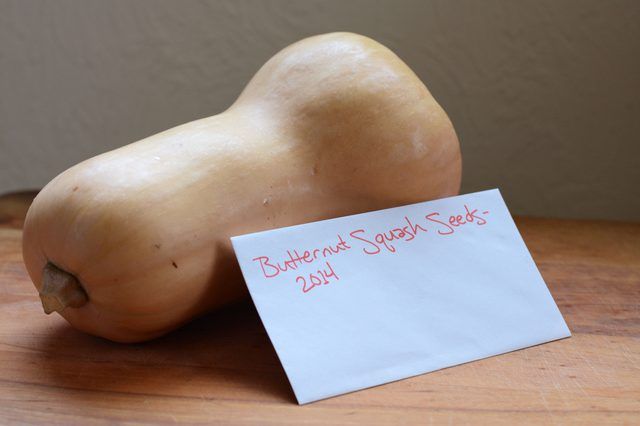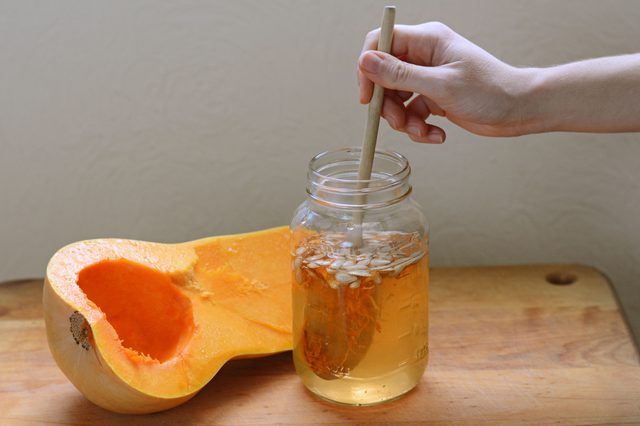Bulbs
Flower Basics
Flower Beds & Specialty Gardens
Flower Garden
Garden Furniture
Garden Gnomes
Garden Seeds
Garden Sheds
Garden Statues
Garden Tools & Supplies
Gardening Basics
Green & Organic
Groundcovers & Vines
Growing Annuals
Growing Basil
Growing Beans
Growing Berries
Growing Blueberries
Growing Cactus
Growing Corn
Growing Cotton
Growing Edibles
Growing Flowers
Growing Garlic
Growing Grapes
Growing Grass
Growing Herbs
Growing Jasmine
Growing Mint
Growing Mushrooms
Orchids
Growing Peanuts
Growing Perennials
Growing Plants
Growing Rosemary
Growing Roses
Growing Strawberries
Growing Sunflowers
Growing Thyme
Growing Tomatoes
Growing Tulips
Growing Vegetables
Herb Basics
Herb Garden
Indoor Growing
Landscaping Basics
Landscaping Patios
Landscaping Plants
Landscaping Shrubs
Landscaping Trees
Landscaping Walks & Pathways
Lawn Basics
Lawn Maintenance
Lawn Mowers
Lawn Ornaments
Lawn Planting
Lawn Tools
Outdoor Growing
Overall Landscape Planning
Pests, Weeds & Problems
Plant Basics
Rock Garden
Rose Garden
Shrubs
Soil
Specialty Gardens
Trees
Vegetable Garden
Yard Maintenance
How to Save Butternut Squash Seeds
How to Save Butternut Squash Seeds. Butternut squash (Cucurbita moschata) is a winter squash that is native to North America. An annual vegetable, its seeds can be collected at the end of each growing season and saved for the next growing season. Planted in spring, the seeds will germinate in soil that is 60 to 105 F, but 95 F is their optimal soil...
Butternut squash (Cucurbita moschata) is a winter squash that is native to North America. An annual vegetable, its seeds can be collected at the end of each growing season and saved for the next growing season. Planted in spring, the seeds will germinate in soil that is 60 to 105 F, but 95 F is their optimal soil temperature for germination.

Avoid collecting seeds from butternut squash grown from hybrid seeds. Nearly all hybrid seeds are patented, and it is illegal to save patented seeds. Instead, collect seeds from butternut squash that was grown from heirloom or open-pollinated seeds. Those seeds will grow true to their parent plant, unlike hybrid seeds, which produce only the traits from one of the plants used in the hybridization process. Select only the healthiest seeds from ripe butternut squash fruits; healthy seeds are firm, not hollow. Squash seeds are inside the fruits. Get to them by cutting the fruits open. Then remove the seeds with your hands or a large spoon.

Squash seeds need to be cleaned before they can be dried because fruit fibers stuck to the seeds can rot or mold, destroying the seeds. The process of removing the fiber debris from the seeds begins with filling a container with cold water and adding the seeds. Let the seeds sink to the container's bottom, and the debris will float on the water's surface. Discard all seeds that float to the surface because they are hollow and will not germinate. Pour off the dirty water, and refill the container with fresh cold water. Stir the seeds with a spoon or your hands to loosen more debris, and pour out the water again. The procedure must be repeated until the seeds are clean. Then the seeds can be poured into a colander to remove the excess water. Pat the seeds dry with a paper or cloth towel.

Allowing the butternut squash seeds to dry thoroughly is the next step. Spread the seeds on newspaper, ensuring the seeds are in one layer. Separate seeds that stick together. Depending on the weather, drying the seeds may take three to four days. Turn the seeds over each day; if the newspaper underneath them is damp, replace it with fresh, dry newspaper. The seeds can be dried by a sunny window. Avoid drying seeds in an oven, though, because that technique will kill the seeds.

Store the butternut squash seeds in paper envelopes instead of in plastic. Plastic containers may cause moisture to become trapped, and the resulting mold will ruin the seeds. Mark the envelopes with the year the seeds were collected and the butternut squash variety. Store the seed packets in a cool, dry place until you are ready to plant the seeds. Properly stored butternut squash seeds last up to six years.
